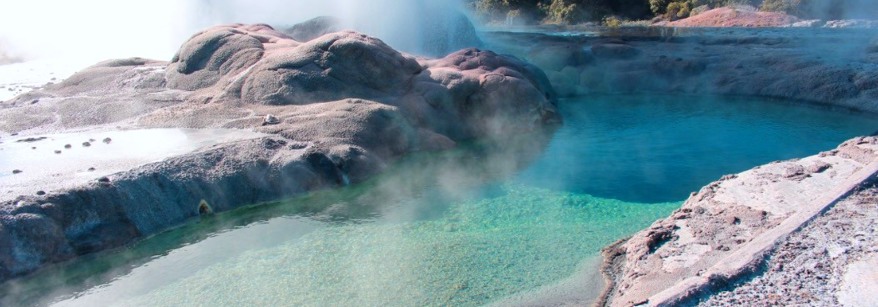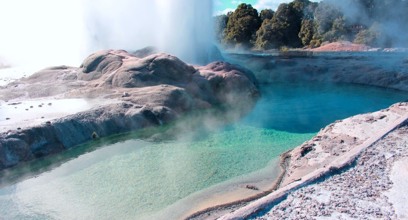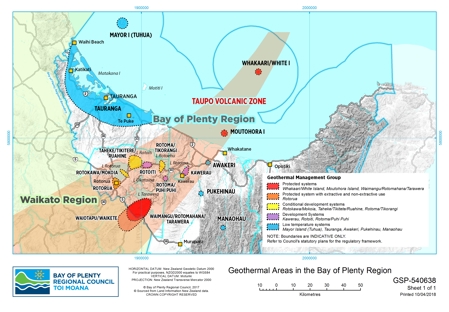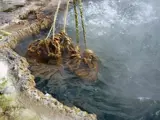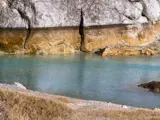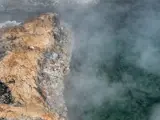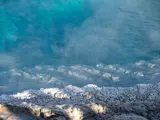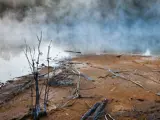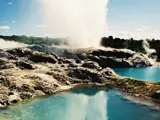Bay of Plenty Regional Council works to ensure the integrated sustainable management of the regions geothermal systems.
Geothermal is a critical part of our region’s economy, culture and heritage. As well as providing energy, power, tourism and wellness opportunities, the cultural significance and historical uses are part of our national identity. As a region we are blessed to have this amazing natural resource that provides warmth, sustenance, and biodiversity.
Geothermal in the Bay of Plenty
In the Bay of Plenty, geothermal activity is associated with areas of active or recently active tectonic movement.
Deeply circulating ground waters are heated by molten magma, and the fluid is trapped within porous rocks. In some cases, heated water rises naturally along fault planes and fractured rock to produce surface features (like mud pools, geysers and hot springs), while in other cases geothermal energy is only accessible by drilling deep bores.
Most systems in our region lie within the Taupo Volcanic Zone, which extends southwards into the Waikato region and offshore to Whakaari/White Island in the north.
In April 2024, Toi Moana Bay of Plenty Regional Council approved the Rotorua Geothermal System Management Plan (SMP) Ngā Wai Ariki o Rotorua He Mahere Whakahaere Pūnaha, a ‘care plan’ and Regional Council policy that will guide the overall management of the Rotorua Geothermal System.
It will also be used to guide and inform changes to the Regional Natural Resources Plan (RNRP) and the Rotorua Geothermal Regional Plan (RGRP) later this year. These plan changes are part of a regular review process under the Resource Management Act (RMA) to make clear how the geothermal (ngāwha) resources in Rotorua city are to be used.
Geothermal Origins
There are varying accounts (or pūrākau) as to the origins of geothermal energy. According to many, the geothermal origins are credited to Te Pupu and Te Hoata, subterranean goddesses of fire, who bought “fire to the shores of these islands”. Their journey highlights the connectivity between geothermal taonga across what is known as the Taupō Volcanic Zone. For more detail on the journey of Te Pupu and Te Hoata read page 10 of the report prepared by the Ahi Kaa Roa working group.

